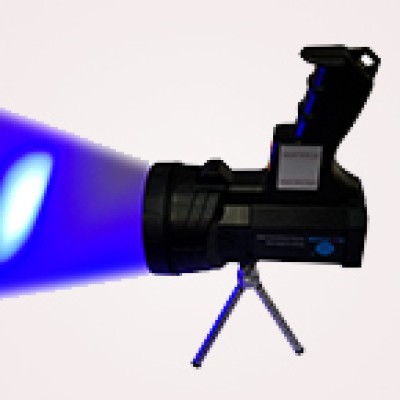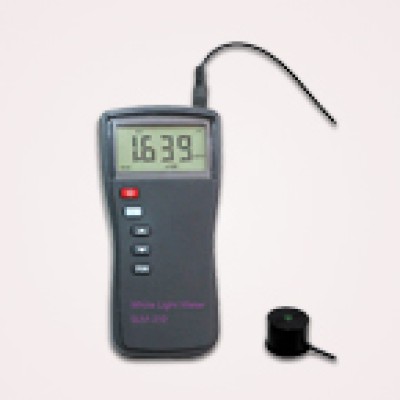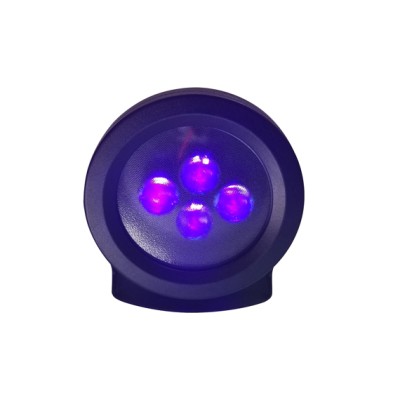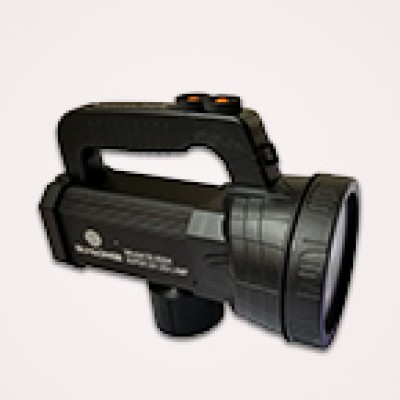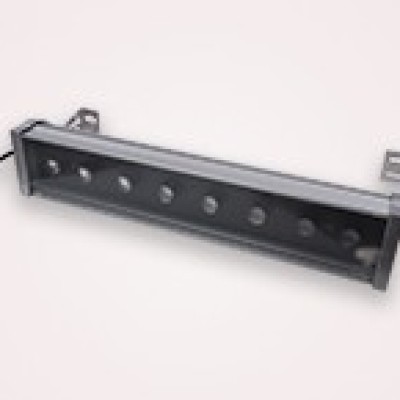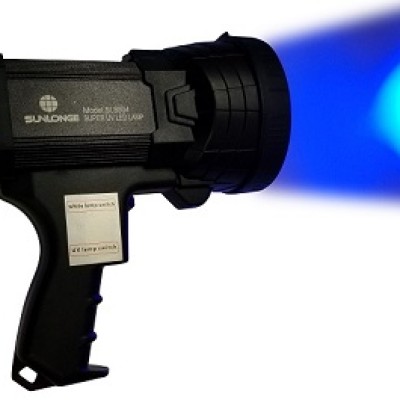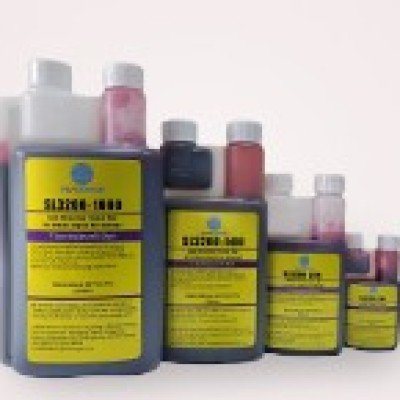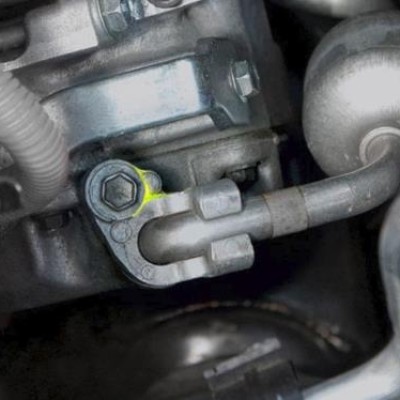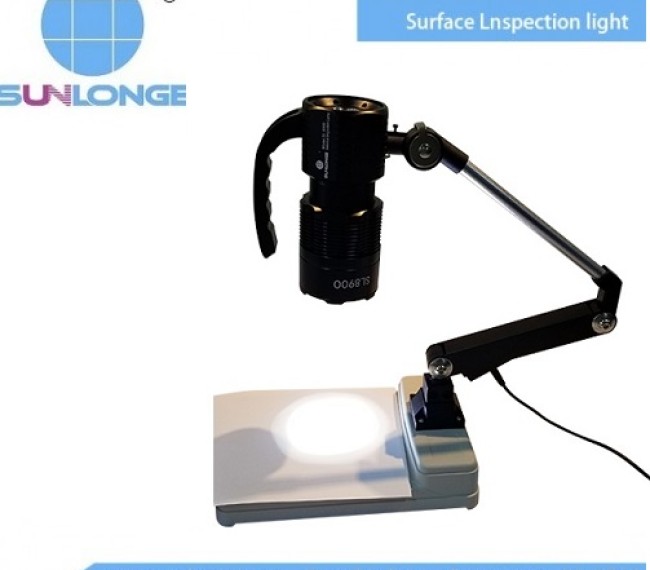
A good wafer inspection lamp is important to ensure that each operation undertaken in semiconductor manufacturing will be properly inspected. Lamps of good quality greatly help during defect detection and raise the efficiency level of the production process in turn. Here are the top features to consider while selecting a wafer inspection lamp:
1. Illuminance and Light Intensity
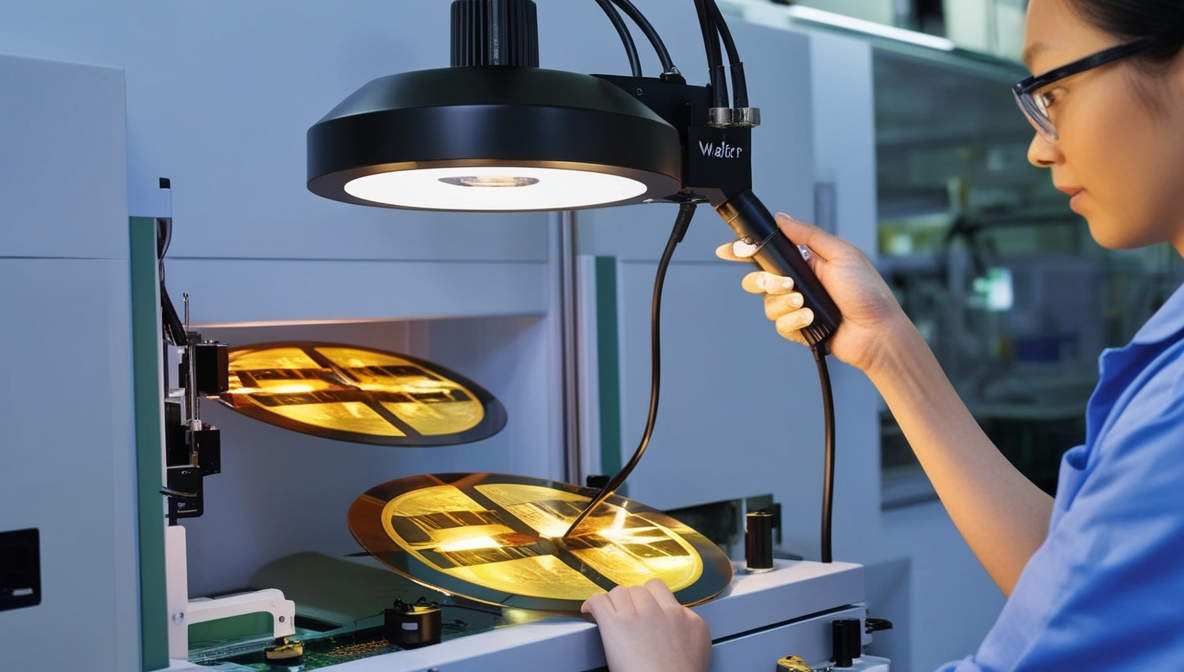
Light intensity is one of the main parameters for wafer inspection lamps. High illuminance is required for detecting tiny defects on the surface of wafers. As an illustration, data for the Sunlonge SL8600 LED inspection lamp gives rather impressive values: 300,000 lux that can easily reveal small particles and scratches on the wafer. For its part, most good lamps should guarantee at least 100,000 lux at a distance of 30 cm to be efficient in wafer inspection .
High illuminance allows even the smallest defects to be inscribed during inspection. The level of detail required is imperative to the quality and reliability of semiconductor products. Based on the Semiconductor Industry Association, even as small as 10 microns, defects can have enormous ramification implications on the performance of semiconductor devices. An inspection lamp with high-intensity light, hence, is not a fact open to negotiation.
2. Wavelength and the Source of Light
The different wavelengths are more suitable for different kinds of inspections. For example, yellow light works best at high contrast for micro engravings and semiconductor coatings detection, while green light can distinguish slight scratches and dust particles on LCD screens. The Sunlonge SL8600 supports multiple wavelengths-such as 365 nm, 455 nm, 525 nm, 595 nm, 625 nm, and 6000K-against various inspection demands.
Appropriate wavelength settings could further increase the contrast of certain kinds of defects. For example, according to one paper in the Journal of Applied Physics, it was determined that green light of 525 nm is very effective for the detection of organic contaminants on silicon wafers. On the other hand, yellow light of 595 nm showed better contrast for scratches and micro engravings.
3. LED Technology
There is a need for the adoption of LED lamps over the traditional mercury-vapor lamp with regard to its long lifespan and energy efficiency. For example, the Sunlonge SL8600 version uses up to 30,000 hours, which is roughly ten times the life span of mercury-vapor lights. Besides the lifespan, LED lamps offer stable illuminance of light and can perform better because of the customized optical and filter system.
It is also a supplier of major energy savings. According to the U.S. Department of Energy, LED lights use at least 75% fewer energy resources compared with incandescent lighting and last 25 times longer. Thus, this will render the LED inspection lamps both more sustainable and cost-effective for semiconductor manufacturers.
4. Cooling System
Performing a light source requires a reliable mechanical cooling system in order to prevent overheating and protect the light source. On the upside, one of the major advantages of this is that it can support constant performance which is coupled with an extended lifespan of lamps. One example of this device is the Sunlonge SL8600, which ensures mechanical cooling and supports high illuminance along with stable operation.
In the course of operation, overheating might turn down its performance and further shorten its life. In this regard, one National Renewable Energy Laboratory’s report articulates that effective cooling systems increase LED lights’ life by up to 50%. Consequently, meaningful investment should be placed in buying lamps with strong cooling systems to improve long-term reliability.
5. Detection Ability
The limitation in the detection of very small defects, even foreign particles as small as 10 microns, is a major feature to fruition of effective wafer inspection. High-quality lamps like that from Thomas Scientific can easily achieve such resolution and guarantee the detection of the smallest defects (Thomas Scientific).
Sensitivity in defect detection directly impacts the yield and quality of semiconductor products. According to data from one McKinsey & Company report, enhanced defect detection capability could increase production yields by up to 20% and thus save costs while delivering fatter product quality for the semiconductor industry.
6. Portability and Flexibility
An important aspect, besides portability, is ease of use-especially in dynamical environments for inspection. Some lamps show removable heads that allow hands-free operation with full 360? rotation for further flexibility during an inspection. An example is some high-intensity UV lamps used in wafer inspection (SyntecUSA).
This portable and flexible lamp enables inspectors to do rigorous examinations without being bothered by the equipment. In a survey conducted by the International Society for Optics and Photonics, 68% of semiconductor manufacturers answered that when choosing an inspection lamp, what mattered most to them in that regard was portability and ease of operation.
7. Energy Efficiency
Energy-efficient lamps decrease both operational costs and environmental impact. For instance, the Sunlonge brand SL8600 is reputed to be of low power and high energy efficiency compared to traditional lighting solutions (SyntecUSA). As awareness of the decrease in carbon footprint for semiconductor manufacturers continues to grow, energy efficiency plays a critical role. Millions of metric tons of greenhouse gases a year could be saved by switching across to energy-efficient lighting alone, based on estimates provided by the Environmental Protection Agency. The selection of an energy-efficient inspection lamp, therefore, ensures both economic and environment-related objectives simultaneously.
8. Ergonomic Design
The ergonomic design increases user comfort and decreases fatigue in the event of long inspection sessions, due to adjustable lamp heads, easy controls, and a lightweight construction for a more comfortable inspecting experience.
Comfort levels are important for a user’s high productivity. According to oneestimate by the Human Factors and Ergonomics Society, this kind of ergonomic improvement could reduce musculoskeletal disorder risk by 59 percent and boost productivity by 25 percent.
9. Inspection System Compatibility
Inbuilt compatibility with other inspection systems and equipment is a very important feature to make integration into the production process smooth. Some lamps include adjustable mounts and versatile connectors that make them compatible with a variety of different inspection setups. Operating compatibility guarantees minimal down-time in case of equipment replacement or spawn-off from one vendor to the other and also quick integration into the manufacturing workflow. Integration of inspection equipment seems to be an imperative, as Deloitte comments in one of its reports: In good part, seamless integration can help reduce setup times by up to 30%-just more efficient operations.
10. Cost-Effectiveness
While a good-quality wafer inspection lamp can be a bit more expensive, in the long run, with its durability, energy efficiency, and better detection of defects, it practically pays itself. The total cost of ownership must thus also consider maintenance and operation. Some investment in a good inspection lamp will be returned several times in the long term. Frost & Sullivan performed a cost-benefit analysis showing that creating high-performance inspection lamps can reduce total operational costs by 40% during their life compared to low-quality competitors.
Final thoughts
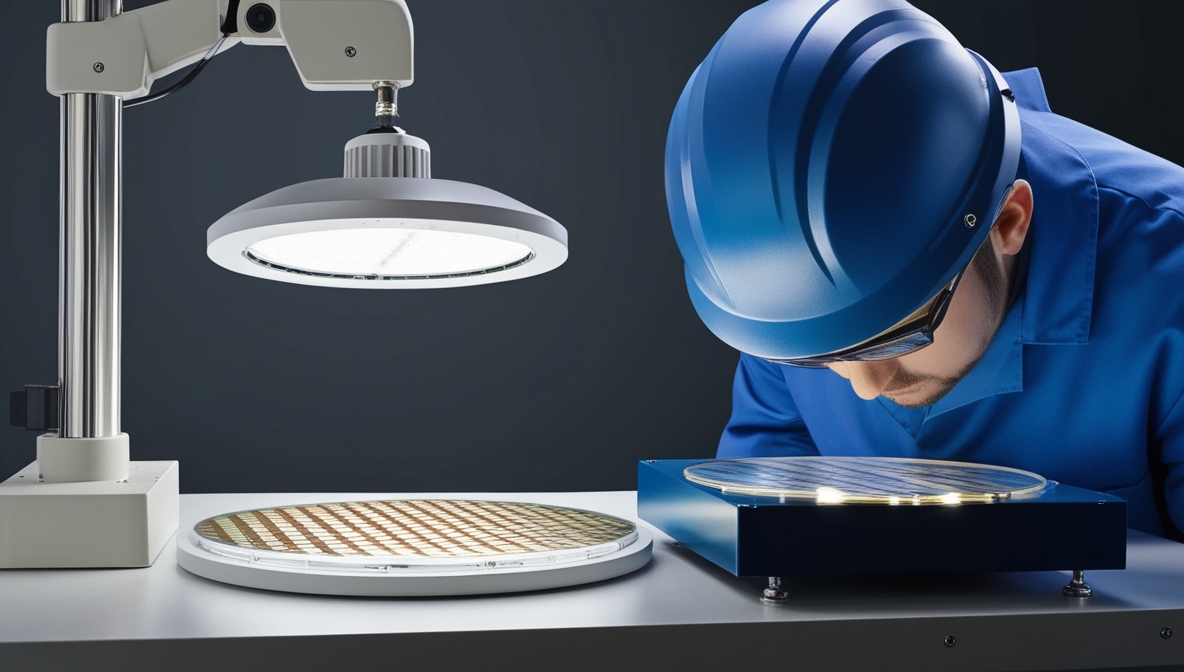
The major considerations in the selection of a lamp for wafer inspection would be light intensity, wavelength options, LED technology, cooling systems, detection capabilities, portability, and energy efficiency. It can therefore be said that all of these features are designed to ensure proper performance of the lamp to undertake accurate inspections, detect the minutest defects, and have superior performance over a long time period. This is what makes a high-quality wafer inspection lamp, such as the Sunlonge SL8600, an important contributor to increased accuracy and productivity in a semiconductor manufacturing plant.
 CN
CN

